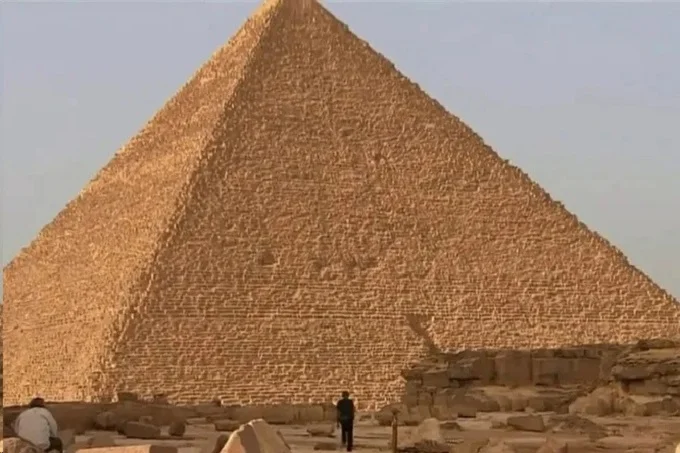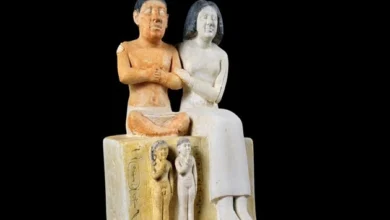How the blocks were delivered to the pyramid of Cheops: engineering tricks

The history of the study of the Great Pyramid of Giza, or the pyramid of Cheops (Khufu) began back in the 18th century when Napoleon brought archaeologists, surveyors and other scientists here. The research continues to this day, but this monument of the architectural art of ancient Egypt has not yet revealed all its secrets. In particular, it is not known exactly when its construction began: the radiocarbon method gives a range from 2680 BC to 2850 BC. Another mystery was the methods of transportation of the heaviest blocks over huge distances.
Different construction techniques were used for different Egyptian pyramids. Earlier in one of the necropolises was discovered an XII dynasty fresco, depicting 172 people pulling on a sledge with hair-straps an alabaster statue of Jehuchihotep II. The worker sprinkles water on the sand along the way, making it easier to slide.
Some pyramids were built by rolling blocks with a cradle mechanism: similar devices have been found at excavations of various New Kingdom sanctuaries. In addition, the so-called “square-wheel technology” was used in some places: a square-section block rolled along a road made of pavements.
In 1997, archaeologist Mark Lehner (Mark Lehner) conducted an experimental construction of a small pyramid with a base width of about nine meters and a height of 6.1 meters. The blocks weighing about two tons were moved by 12-20 people using wooden skids sliding on a wooden deck.
To get the latest stories, install our app here.
But all mentioned experiments and hypotheses do not answer a question on delivery of 2,5-ton blocks from limestone and granite to a platform where the pyramid of Cheops was erected. The answer to this question was found in 2017: an international team of archaeologists led by Lehner discovered a papyrus in which the overseer of 40 workers describes this method.
Deciphering the text yielded the following knowledge: first, the Egyptians diverted water from the Nile and laid artificial canals across the Giza plateau. Then the builders connected wooden boats with ropes, and already with their help, they transported blocks almost to the bottom of the pyramid.
To get the latest stories, install our app here.




